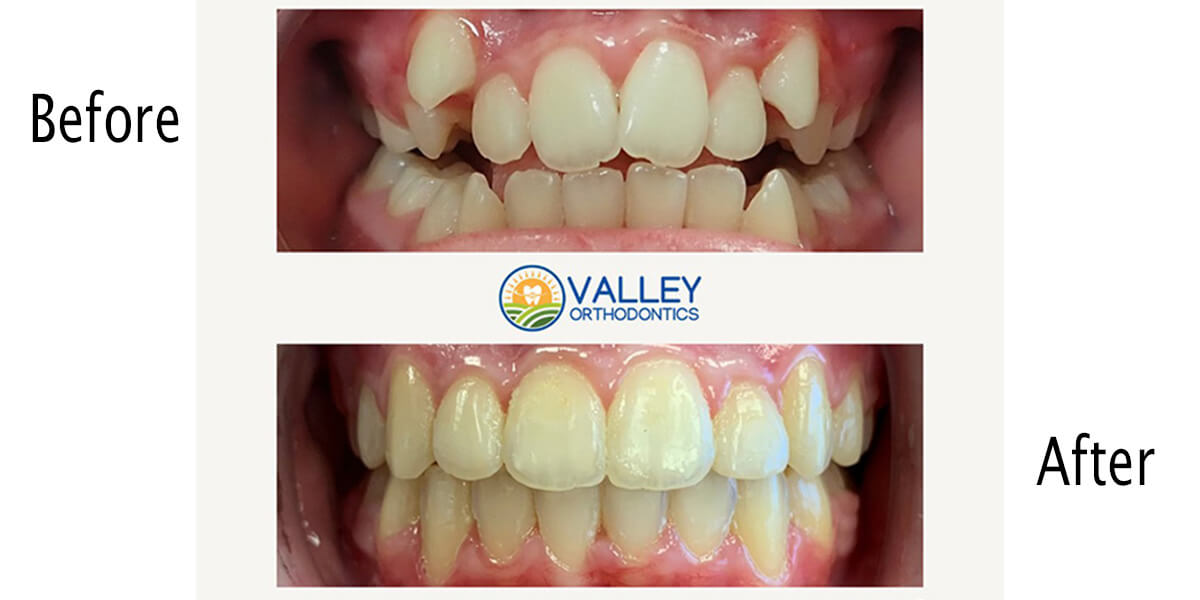Our Services
As children get older they become more aware of their smile. An unattractive smile is often embarrassing for kids and it can stop them from fully expressing themselves. We provide complete restorative procedures including tooth colored filling, crowns for anterior (front) teeth and stainless steel crowns.
Preventive and Diagnostic

Silver Diamine Fluoride and your child’s teeth.
If your child has a cavity, are they doomed to having to have their tooth drilled?Not necessarily. Silver Diamine Fluoride, (SDF) recently approved by the FDA does a great job of stopping tooth decay from progressing and getting worse. Silver Diamine Fluoride is an antimicrobial liquid that is able to treat cavities in a non-invasive, fast, affordable, and painless manner. SDF is an antimicrobial liquid which has been proven to be effective in arresting. It has been used in Japan, Australia and a number of other countries for decades as an alternative to other conventional treatments for cavities.
Benefits of SDF
SDF is a simple and painless alternative for preserving your child’s baby teeth. The application is painless and quick. It is simply brushed onto the teeth. It prevents the need for drilling and filling most cavities. It is effective immediately and long lasting. It is an inexpensive treatment that can save money down the road by preventing larger problems with your child’s teeth.
According to the Center for Disease Control and Prevention, almost 25% of children between ages 2 and 5 have cavities. Many in this age group require general anesthesia to have their teeth treated with fillings because of their inability behaviorally to sit through conventional treatment with local anesthesia.
The downside to SDF
SDF turns the cavity black, making it aesthetically unappealing to the patient, especially when used on teeth which are visible. In some cases a second application is necessary. SDF is not ideal for severe cavities which may involve the nerve of the teeth. In these cases other treatments may be more effective in protecting and maintaining your child’s dental health. SDF has a very unpleasant metallic taste.
Restorative

A dental crown is a tooth-shaped covering cemented to the tooth for the purpose of restoring the tooth to its original shape and function. Crowns are used in pediatric dentistry for various reasons. Crowns are recommended by dentists when it is necessary repair and restore a primary (baby) tooth found to be extensively decayed (has a large cavity), a tooth that have had treatment to its nerve (pulpotomy), a tooth fractured due to trauma, or a primary tooth which has not developed correctly.
Stainless Steel Crowns:
- Are by far the most commonly used crowns in pediatric dentistry—they are tried and true, and have been used in dentistry for over 50 years.
- Are made as metal shells of varying sizes, and can be customized to fit any tooth
- Are perfect for molars (teeth towards the back of the mouth), as they are durable, strong, and resistant to moisture
- Are useful when there is decay between the teeth
- Are easy to place and generally require only one visit to the dentist
- Are cost-effective—stainless steel crowns are the least expensive crowns available.
- Performed in a single office visit.
White Dental Crowns:
- Are made of a hard tooth-colored material similar to ceramic
- Like stainless steel crowns, zirconia crowns are pre-made to specific sizes
- Are metal free
- Are virtually indestructible—stronger and more durable than natural enamel
- Are arguably the most aesthetically-pleasing of all crowns
- Are resistant to plaque accumulation and decay
- Are biologically-inert—do not initiate an allergic response when introduced to biological tissue
- Can be produced in one visit if the dental office has the software and hardware available to do so
- Performed in a single office visit.
- Limitations for white dental crowns.
- Significant crowding
- Little tooth structure remaining
- Space loss
Valley Pediatric offers EZPedo Crowns esthetic zirconium crowns for primary teeth as an alternative to stainless steel crowns.

Aesthetic

Interceptive Orthodontics

To learn more about Dr. Tamara Kroboth, Orthodontist, please visit her page!
Baby teeth act as a guide for the eruption of the permanent teeth, and develop dental arches with expansion. A space maintainer is made of stainless steel and/or plastic. It can be removable or fixed to the teeth.
Specialized Techniques

What is a frenum?
A frenum, or frenulum, is a small fold of tissue that holds and restricts our lips and cheeks with relation to our jaw. Lingual frenums (under the tongue) and the maxillary labial frenum (upper lip) are the most common problematic.

Symptoms of anklyoglossia:
Symptoms in child:
- Poor latch
- Clicking sound while nursing
- Gassiness
- Reflux or colic
- swallowing air, inflated tummy or bloating
- Gags on milk or pops off breast frequently to gasp for air
- Poor weight gain
- Falls asleep while nursing
- Short sleep episodes (needing to feed frequently)
- Slides off breast when attempting to nurse
- Unable to keep pacifier in
- Unhappy when laying on back
- Discomfort when lip is raised by adult
- Gagging once solid food is introduced
- Picky and messy eater once solid food introduced
- Milk leaking out sides of mouth or nose during feedings
- Long nursing sessions
- Uncoordinated suck
- Gulping or swallowing a heavier let down
- Blisters on lip(s) and or tongue
- Difficulty swallowing
- Heart shaped tongue or cleft in tip of tongue
- Cannot raise tongue
Symptoms in the mother:
- Cracked, creased, misshapen or blanched nipples
- Painful nursing
- Painful latching
- Bleeding, abraded or cut nipples
- Feeling of baby chomping
- Infected nipples or breasts
- Plugged ducts
- Mastitis
- Lipstick shaped nipples
- Breast, areola or nipple thrush
- Over or under supply of milk
- Knowing “something isn’t right” compared to a previous breastfeeding experience
- Nursing for long periods of time
Consequences of tongue tie:
- Poor breastfeeding experience, therefore higher change of switching to formula
- Speech Problems
- Gulping air leading to gassiness
- Sleep apnea
- Snoring
- Narrow dental arches
- Swallowing problems
- High vaulted palate (roof of mouth)
- Difficulty chewing and swallowing food
- Dental decay on front upper incisors (lip tie)
- Crowded dentition
- Malocclusion
- Symptoms of gastric reflux
- Breathing through mouth instead of nose (leading to lifetime poor oxygenation)
- Inability to move tongue for licking ice cream cones and other foods
- Space between two front teeth
- Gum recession – lower incisors
- Head and neck postural problems which leads to pain in neck and back and headaches
A Labial Frenectomy is performed on the tissue that connects the lip to the gums. This may be performed on children or adults to aid with orthodontic treatment or even help with the proper fitting for a denture or appliance.
A Lingual Frenectomy may also be referred to as the release of tongue-ties (ankyloglossia). This procedure is performed on the connective tissue under the tongue. The procedure is often performed on newborn patients to assist with nursing or on toddlers or older patients who need the surgery to help correct speech issues caused by limited movement due the the frenum. Lingual frenectomies help alleviate myofunctional disorders and aid in orthodontic treatment.

Jefferson Valley
3630 Hill Boulevard, Suite 101
Jefferson Valley, NY 10535
Click for Directions
914-245-7100
Hopewell Junction
2 Jay Lane
Hopewell Junction, NY 12533
Click for Directions
845-226-8577
Valley Orthodontics
2 Jay Lane
Hopewell Junction, NY 12533
Click for Directions
845-217-4880
Online Form
Click the button below to fill out our online request an appointment form!
